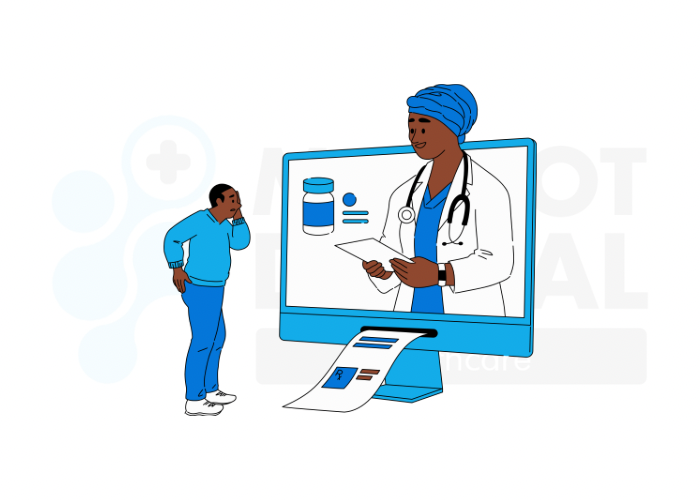The rapid advancement of technology in recent years has transformed various aspects of our lives, including how we access healthcare services. Telemedicine, a field that combines telecommunications technology with healthcare, has emerged as a promising solution to address the challenges of traditional healthcare delivery. In this article, we will explore the potentials, advantages, and limitations of telemedicine.
Potentials of Telemedicine
- Increased Access to Healthcare: One of the most significant potentials of telemedicine is its ability to provide healthcare services to individuals who may have limited access due to geographical barriers. Remote and underserved areas can now connect with healthcare professionals regardless of their location.
- Convenience: Telemedicine offers unparalleled convenience. Patients can consult with healthcare providers from the comfort of their homes, eliminating the need for time-consuming commutes and long waiting room hours. This is particularly beneficial for those with mobility issues or chronic illnesses.
- Timely Consultations: Telemedicine enables rapid access to healthcare. Patients can schedule appointments quickly, reducing waiting times for non-emergency care. This timeliness can be critical in managing various medical conditions.
- Cost Savings: Patients often find that telemedicine is a cost-effective alternative to in-person visits. They save on transportation costs, parking fees, and time away from work. Additionally, healthcare providers can reduce overhead expenses, which can lead to more affordable care.
- Continuity of Care: Telemedicine facilitates better continuity of care. Patients can have follow-up consultations more easily, ensuring that their healthcare remains consistent.
Advantages of Telemedicine
- Improved Monitoring: Telemedicine allows for remote monitoring of patients with chronic conditions. Devices like wearable sensors and home monitoring equipment enable healthcare providers to track vital signs and adjust treatment plans as needed.
- Specialized Care Access: Patients in rural or underserved areas can access specialized care from experts located far away. This can be particularly important for rare or complex medical conditions.
- Reduced Exposure to Illnesses: In the context of contagious diseases like COVID-19, telemedicine helps reduce the risk of exposure. Patients can receive medical advice and prescriptions without going to a crowded healthcare facility.
- Health Education: Telemedicine can be used for health education. Patients can receive valuable information about managing their conditions and making healthier lifestyle choices through video consultations and telehealth apps.
Limitations of Telemedicine
- Technological Barriers: While technology has advanced, not everyone has access to a stable internet connection or the necessary devices for telemedicine. This can create disparities in healthcare access.
- Lack of Physical Examination: In some cases, a physical examination is crucial for accurate diagnosis and treatment. Telemedicine may not be suitable for certain conditions that require in-person evaluation.
- Privacy and Security Concerns: Transmitting sensitive health information over the internet raises privacy and security concerns. Healthcare providers must implement robust safeguards to protect patient data.
- Regulatory Challenges: Telemedicine regulations vary by region, making it challenging to provide consistent services across borders. Licensing and reimbursement issues can also be complex.
Conclusion
Telemedicine has emerged as a powerful tool in modern healthcare, offering numerous potentials and advantages. It has proven its worth in increasing access, convenience, and cost-effectiveness. However, it is not without limitations, and addressing these challenges is crucial for realizing its full potential. As technology continues to evolve and regulations adapt, telemedicine is likely to play an increasingly vital role in the future of healthcare, improving the lives of countless individuals worldwide.
